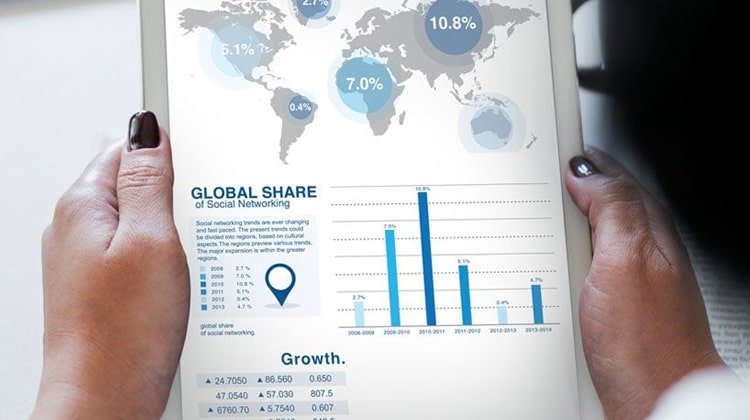Trademarks are an important part of maximizing the potential of your intellectual property. Trademarks help define and protect your brand identity in an increasingly consumer-driven economy. In order to gain trademark protection, not only must your mark be distinctive; but it must also have a distinctive edge to be distinguishable from others.
Trademark registration under Trademark Act, 1999 can be obtained for words, logo, numerals, slogan, device and more in India. Trademark registration provides legal right of exclusivity for use of the mark to the owner of the trademark. Trademark registration is however a long process involving multiple steps. However, once the trademark application is filed, an application number is allotted immediately and the priority starts from the date of application. Once the trademark registration certificate is issued, the trademark is considered to be a registered trademark of the owner, granting the trademark owner exclusive use of the mark.
Stage 1:
• Classification of Goods and Services:The entire range of goods and services is categorised into 45 classes under the trademark laws. The applicant needs to identify the correct and relevant class under which the trademark should be registered.
• Filing of Trademark Application: Once the classification is complete, an application should be submitted to the Trademark Registry along with prescribed details such as the applicant’s name and permanent address, the chosen trademark, goods and/or services relating to the chosen trademark, and any other relevant information, along with the specified filing fee. Image(s) of the trademark, if available, should also be filed with the application.
Stage 2:
• Examination of the Application: The concerned trademark examiner reviews the application and prepares an examination report. This process usually takes 8-10 months. The report confirms the validity of the submitted application or alternatively, states any objections and/or other queries that the examiner may have.
.Publication of Trademark: If there are no objections or if the applicant’s responses to the raised objections are accepted by the Trademark Registry, the application is published in the Trademarks Journal, along with all relevant details, including the applicant’s name and address, trademark image, etc.
• Registration of Trademark: If there is no opposition raised within the stipulated period, the trademark will be registered and a registration certificate is issued by the Trademark Registry. The registration certificate is valid for a period of 10 years. Upon expiry, registration should be renewed by filing a fresh application and paying the prescribed renewal fee.
Usually, the trademark registration process in India takes 16-18 months.
- What is a Trademark?
-
Trademark search refers to the verification done by the Trademark Registry to check whether a similar trademark is already registered or an application is filed with the Registry. The search results indicate the possibility of getting the registration of your desired trademark. Conducting a trademark search before commercial use of your proposed trademark will help you to save the unnecessary cost of branding and avoids the chance of using a trademark that is similar to an existing trademark.
- What is trademark search
-
Trademark search refers to the verification done by the Trademark Registry to check whether a similar trademark is already registered or an application is filed with the Registry. The search results indicate the possibility of getting the registration of your desired trademark. Conducting a trademark search before commercial use of your proposed trademark will help you to save the unnecessary cost of branding and avoids the chance of using a trademark that is similar to an existing trademark.
- What are the benefits of trademark registration?
-
Registering a trademark gives the owner exclusive rights to use the mark for their products and/or services. If the trademark is registered, the owner can use the symbol ®. In the case of trademarks for which a registration application is filed, the symbol TM can be used.
- What is Trademark Classification?
-
Under trademark, goods and services are categorised into 45 classes. It is very important to identify the class in which the goods/services fit into and file the application under the relevant class. If a trademark is used for goods and services under different classes, separate applications are required to be filed under each class to get protection of trademark for respective goods and services.







